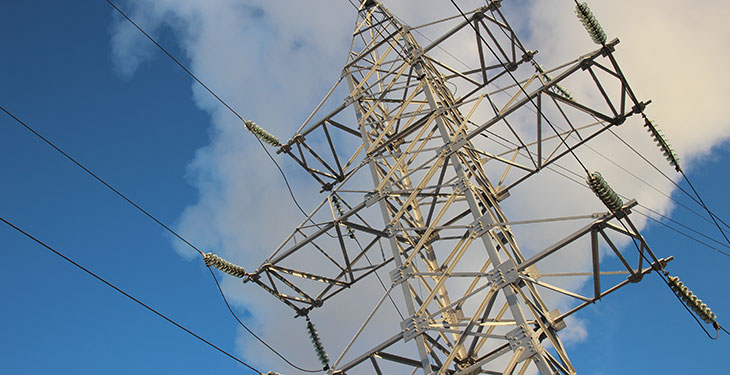The energy transition from fossil fuels to renewables is booming and will require huge investments in production capacity and infrastructure, for Europe alone investments for the transformation of the electricity network are estimated at over 2 trillion dollars by 2050, according to the report “Inventing tomorrow’s energy system,” developed by PwC and strategy &, the global strategy department of the PwC network.
But this process is not just happening in Europe. More than 190 countries globally are committed to achieving the goals of the 2015 Paris Agreement, which means a massive reduction in carbon emissions to achieve energy neutrality, says Andreea Mitiriță, Partner and Leader for the Energy Industry, PwC Romania.
“These ambitions are supported by subsidies, incentives, investments and carbon pricing systems. From South Korea to the United States and Europe, financial packages designed to stimulate recovery from the pandemic crisis are aimed at building more resilient and sustainable energy savings and systems. An estimate by the International Renewable Energy Agency shows that in order to set up a system to produce energy from renewable resources by 2050, investments of 13 trillion dollars are needed globally just to strengthen energy transmission and distribution networks,” says Andreea Mitiriță.
In the short and medium term, oil, coal and natural gas will continue to account for a large percentage of the raw material used to produce electricity and heat, but the energy transition is in full swing. And companies should not console themselves with the thought that many of the components of the energy transition are in the distant future – 10 to 15 years – and that they have enough time to devise a plan.
Achieving the right energy transition is vital from a technological, strategic, economic and environmental point of view. The purpose of the investment is starting to become clear and tangible, as are the benefits, but it is clear that no company can go through this journey alone. In some industries it will be essential to conclude new alliances and develop new ways of collaborating. The PwC report shows that over the next ten years, the oil and gas, electricity and utilities and chemical industries will converge and form integrated energy systems.
Energy companies are taking important steps towards the energy transition, allocating a record $350 billion in sustainable investment funds last year alone, more than double the 2019 total. Most of this funding has been allocated to innovation, research, development and technology to reduce the costs of renewable energy production, energy storage or green hydrogen production.
The International Energy Agency (IEA) points out that by 2040 renewable energy sources will account for about 47% of the electricity market, from the currently 29% level.
“However, estimates show that, through strategic investment planning, renewable energy sources will account for more than 90% of the energy market by 2050, and the share of fossil fuels will fall below 10%. At the same time, biomass and waste could surpass fossil fuels as a raw material for energy production for heating buildings, the operation of electricity and industrial consumption.
“It is not known when the transition will end, but the direction is clear and will require a response from all actors involved: national oil companies (CNP), integrated oil companies (IOC), utilities, chemical companies, services, investors, network operators, ministries and regulators,” added Andreea Mitiriță.
